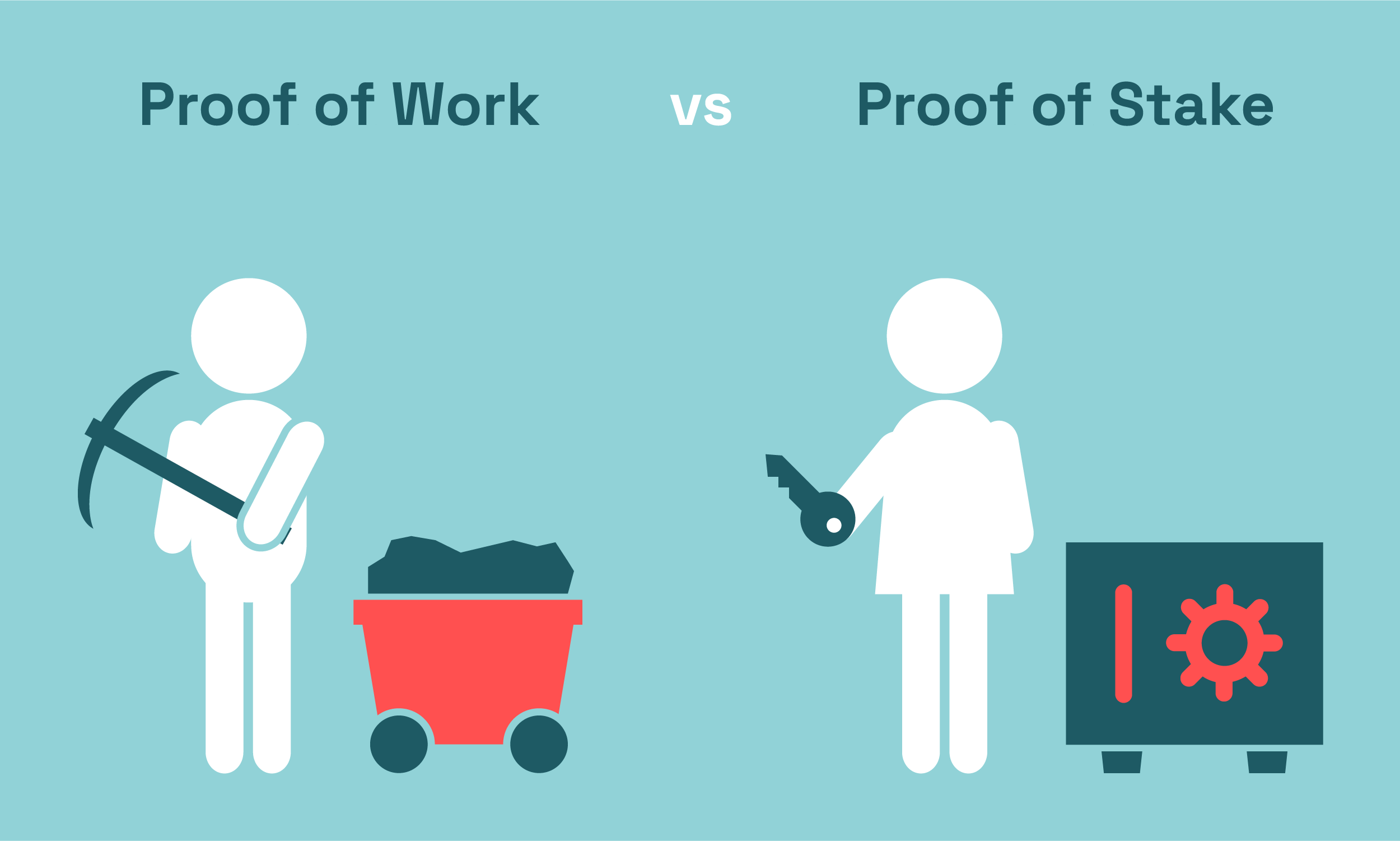
Bitcoin and other cryptocurrencies have never been more popular than they are now. People worldwide are trading in crypto currency to capitalize on the digital rat race. However, the madness in the crypto market does not only lead to gains and losses. Global energy consumption is also enormous. What is the solution and how do we as a world ensure that server capacity is used as efficiently as possible?
On January 3, 2009, in the midst of the financial crisis, Satoshi Nakamoto mines the very first Bitcoin. This mysterious guy (or group; the name is a pseudonym) says that this coin allows for instant online payments without the need for governments or central banks.
Years later, the painted picture is still not realistic. It is still uncommon to pay using crypto currency, and it is not regarded as legitimate. However, people still place a higher value on it than gold.
To say the least, the cryptocurrency market has had a rocky few weeks. Massive price fluctuations and dips were driven by declines, possible regulations, and by crypto influencer Elon Musk.
From emoji’s to statements: the crypto market moves in lockstep with Elon Musk's tweets. The billionaire, filanthropist and Tesla CEO has been tweeting a lot about cryptocurrency, causing the price of bitcoin — as well as dogecoin — to fluctuate with just a tweet.
Is cryptocurrency bad for the environment?
Well, first of all, it’s not solely cryptocurrency. There are several ways to maintain, handle and process cryptocurrency, and that's the polluting part. Cryptocurrency works with the help of blockchain technology: a peer to peer network which is open and transparent to anyone. The most well-known method is Proof of Work, which is used for Bitcoin.
What is Proof of Work?
As said, Proof of Work is a way of blockchain technology. With Proof of Work, miners (computer servers) are responsible for approving transactions and creating new blocks. They do this by finding the right answer to a crypto puzzle. When they have found that correct answer, you call it Proof of Work.
However, that computing power costs a lot of energy. And in the case of Bitcoin, it is mainly that its popularity ensures that the energy consumption is enormous.
On a VPS, mining Bitcoin or any other coin based on the proof-of-work principle is usually not a smart idea. It results in a constant high CPU load, which negatively impacts the experience of other users in the community. Furthermore, your odds of success are little to none. Only the first person to complete the puzzle receives the coins. So, unless it's you, all of the computing power will be useless.
Ethereum: proof of work vs proof of stake
Another popular cryptocurrency is Ethereum, which currently uses as much electricity as Hungary. Ethereum will switch to Proof of Stake in the coming year. This is a more sustainable alternative to the Proof of Work mentioned above. We'll explain Proof of Stake with Ethereum as an example.

What is Proof of Stake?
As mentioned, with Proof of Work miners are rewarded for creating and validating blocks in the blockchain. That computing power consumes a lot of energy. With Proof of Stake, the computing power is replaced by 'skin in the game'. That is, as long as you have a minimum of 32 ETH (Ethereum), you can pin it (taken) to become a validator and get paid for confirming transactions.
With proof of stake, you 'prove' that you will do your best to handle the Blockchain properly. If it is proven that you can't, you will lose your coins.
The minimum deposit to be able to 'strike' is 32 Ether, currently about $120,000. When you lock in your coins, you get interest on your stake.
So, in conclusion, if you want to earn more, you don't switch on extra computers. You just have to bet more coins. The computer needed to 'bet' can be a regular computer, with an energy consumption of a few watts per hour, instead of kilowatts per hour. Let's hope these developments go quickly, so digital can be sustainable again.
Cryptocurrency: in the meantime
Meanwhile, the value of cryptocurrencies continues to increase. It is not surprising that many people still get on board, despite the environmental concerns. Suppose you want to trade in cryptocurrency, but you want to do this as sustainably as possible.
In that case Ripple, Cardano, Polkadot, and BNB can be interesting cryptocurrencies. These currencies work with the previously mentioned proof of stake. As told, Ethereum will follow later on this year.
Cloud hosting with a purpose
Tilaa provides VPSs and cloud solutions for companies and individuals. As a cloud provider, we understand that the internet industry poses a threat to our environment. That is why we believe that it is our responsibility to work towards a greener future.
Tilaa chooses its servers based on the power usage per VPS to be delivered, as this allows us to use as little energy as possible. All our intentions are aimed at the minimum possible impact on the environment. So, from this point of view, Proof of Stake could be in line with that. Only 1 server is required to mine, unlike Proof of Work.
👉 Cloud hosting with a purpose: how we contribute to a better future


